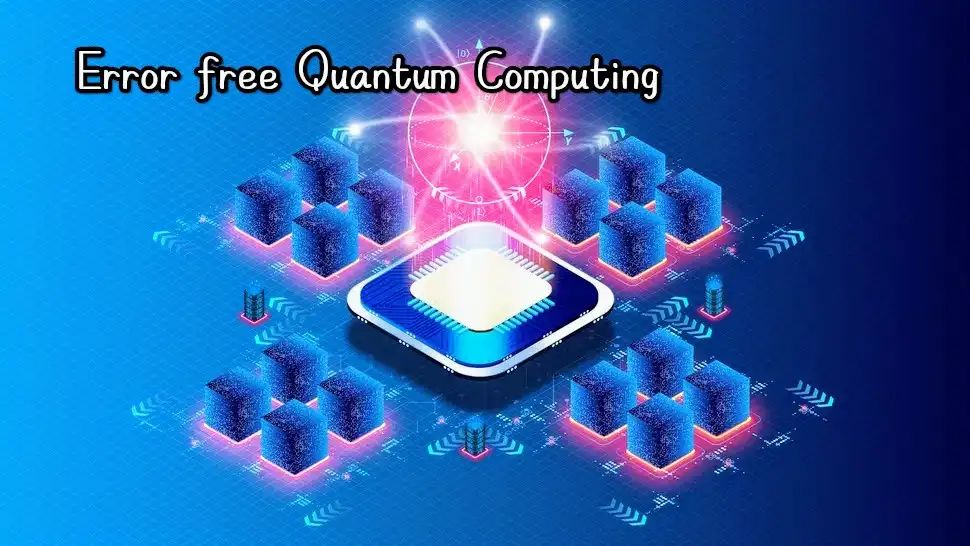Future Quantum Computers: Bizarre Qubit Design from the Past?
The development of powerful Error-free quantum computers hinges on overcoming a major hurdle: qubit errors. Traditional qubits, built using electrons trapped within solid-state crystals, suffer from imperfections at the atomic level. These impurities create unpredictable electrical fields and make it difficult to manufacture large numbers of uniform qubits. As a result, the more qubits a quantum computer tries to harness, the more errors creep into its calculations, hindering its ability to perform complex tasks.
Error-free Quantum Computing New qubit design
In a revolutionary approach, scientists have proposed a novel qubit design. That ditches the problematic solid-state crystals altogether. This new concept utilizes electrons suspended in a vacuum above a pool of liquid helium.
By eliminating the physical contact with crystals and their inherent impurities. This design has the potential to create Quantum Computing error-free qubits. This breakthrough could be the key to overcoming the limitations of current qubit technology. The way for the development of powerful and reliable quantum computers.
Error-free Quantum Computing Benefits
The potential benefits of this new qubit design are significant. Because the design eliminates errors caused by impurities. Far fewer qubits would be needed to achieve quantum supremacy. The point where a quantum computer outperforms classical computers.
This dramatic reduction translates to a significant leap in scalability. In theory, future quantum computers could be built with a much larger number of qubits. Unlocking their full potential to tackle complex problems in fields like medicine, materials science, and artificial intelligence.
Quantum Computing Building on Past Research
This innovative qubit design isn’t entirely new. Back in 1999, scientists proposed a similar concept. Where floating electrons formed the basis for qubits near the surface of liquid helium. That research only explored the building blocks of quantum operations or basic quantum gates. The current study takes this concept a step further by proposing a more complex “hybrid qubit.”
This new design utilizes two distinct states of the floating electrons: a “charge state” for easy manipulation with electric fields and a “spin state” for stable data storage. The interaction between these states allows for data transfer within the qubit itself. This advancement builds upon the foundation laid by the earlier research. This types of information offering a more comprehensive and potentially game-changing approach to qubit design.
Error-free Quantum Computing Technical Details
The technical details of this design involve using electric fields to manipulate the floating electrons. These fields can switch the “charge state” of the electrons. It is allowing for their movement and control.
The “spin state” of the electrons, on the other hand, is used to store data. This separation of functions offers a potentially stable and efficient way to operate the qubits.
Another exciting implication of this design is its scalability. By utilizing tiny ferromagnetic pillars to trap the electrons on the liquid helium surface. The scientists estimate that millions of qubits could be packed into a compact area roughly the size of a postage stamp.
This high density paves the way for building large-scale quantum computers with immense processing power.
Error free Quantum Computing Next Steps
The exciting potential of this new qubit design hinges on its successful implementation. The research team plans to translate their theory into a practical application by building a prototype and conducting experiments.
Also Read: iPhone sales by Vijay sales.
If successful, this could be a groundbreaking moment for quantum computing. This design offers a path towards overcoming the limitations of current qubit technology. The paving the way for the development of powerful and fault-tolerant quantum computers. It is capable of tackling complex problems previously unimaginable.
Conclusion
In conclusion, quantum computing holds the potential to transform industries and revolutionize the way we process information. While significant challenges remain, advancements in hardware, software, and error-correction methods are bringing us closer to a quantum future.






